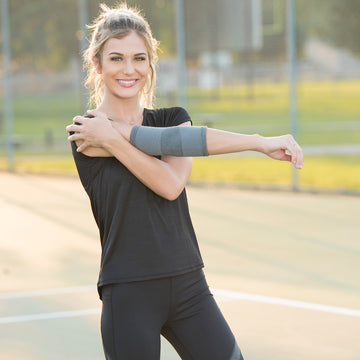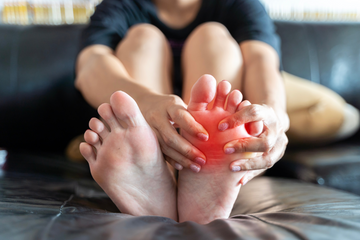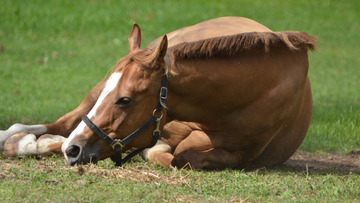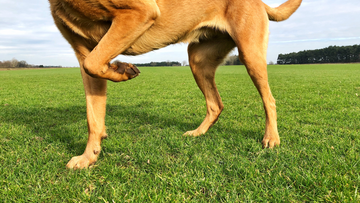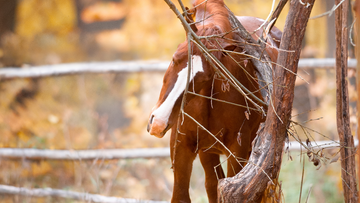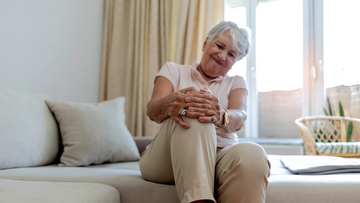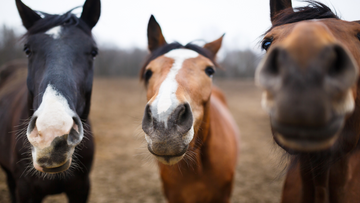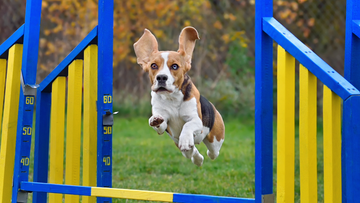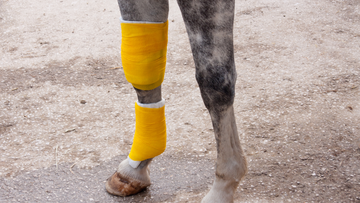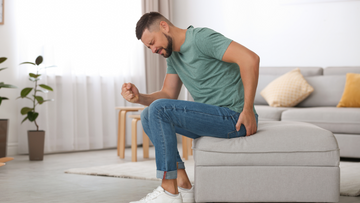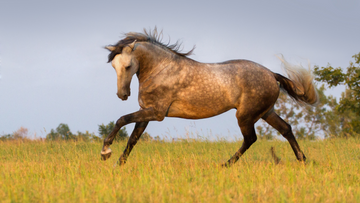Touch is the most essential way through which we can communicate and bond with our horse. Sixty percent of a horse’s body mass is muscle, so proper muscle health is essential to a horse’s general health and performance. Beginning in the early 1990’s, Equine Massage has been a growing field of equine therapy, used for both day to day riding and post trauma rehabilitation. Equine Massage uses the hands, fingers, and elbows of the therapists, as well as other tools, including tennis balls and vibrating tools. This practice focuses on promoting the return of blood flow from affected muscles, which causes relaxation of the targeted muscles.

Several methods are used in massage therapy, each with a specific purpose: to relieve inflammation and prevent adhesions, to restore posture, to help drain lymphatic fluid, to massage acupuncture points, to stretch skin, build trust and confidence, and to provide deep muscle massage. Massage increases circulation, delivering fresh oxygen to all body parts, and helps loosen “knots”—muscle fibers that are contracted due to overuse or injury—so the horse’s muscles can work more efficiently.
When a muscle becomes over-worked or strained, general stiffness may result initially. If left untreated, it can lead to strain on adjacent muscle tissue, connective tissue and tendons. Addressing these issues early on can help prevent more serious injuries from occurring. A horse doesn't have to be an athlete to benefit from massage therapy. Besides being a tool for remedial treatment of specific injuries, massage therapy is popular as a preventative tool.
Some signs your horse may need massage therapy:
- Shortening of stride
- General stiffness
- Refusal to take a particular lead or change gaits
- Girthing problems
- Tracking unevenly
- Tossing head during exercise
- Reluctant to be caught
- Horse seems to be more “spooky” than normal
10 Benefits of Massage Therapy:
- Increase blood flow
- Decrease muscle spasms
- Increase range of motion - Increase joint flexibility
- Help the horse prepare for and recover from exercise
- Improve mental well-being
- Reduce scar tissue formation
- Release endorphins
- Decrease the chance of injury
- Relieving poll tension
- Detoxification
From the moment the equine massage expert initiates touch, he/she is sending messages to the horse’s nervous system through the skin. The nervous system communicates using electrical signals, which travel throughout the body. If your horse has been injured or is recovering from surgery, be sure to clear the use of massage with your vet first. And, of course, massage should never be a substitute for proper veterinary care.
In addition to Massage Therapy we have some products that help tremendously in treating muscle and joint soreness, but also help to prevent soreness, which is the
Rejuvenate SmartScrim. It features
90 magnets
(1100 gauss) over key acupuncture points for stimulation of those areas. In ancient (and current) Chinese medicine, acupuncture is performed by using one’s own blood to re-inject over targeted acupuncture points. The reasoning for this method is because the body takes quite some time to re-absorb its own blood after being placed in targeted areas. Therefore, prolonging the benefits.
We have selected these magnets to serve to the affect by pulling the blood to those targeted areas which will continually stimulate those areas during and after the SmartScrim is worn. Each magnet is enclosed in a soft cushion for enhanced comfort. Sheet harmonizes bodily functions safely and naturally
, stimulating recovery time, promoting blood circulation, increasing oxygen flow, and ultimately reducing pain and stiffness.
 Several methods are used in massage therapy, each with a specific purpose: to relieve inflammation and prevent adhesions, to restore posture, to help drain lymphatic fluid, to massage acupuncture points, to stretch skin, build trust and confidence, and to provide deep muscle massage. Massage increases circulation, delivering fresh oxygen to all body parts, and helps loosen “knots”—muscle fibers that are contracted due to overuse or injury—so the horse’s muscles can work more efficiently.
When a muscle becomes over-worked or strained, general stiffness may result initially. If left untreated, it can lead to strain on adjacent muscle tissue, connective tissue and tendons. Addressing these issues early on can help prevent more serious injuries from occurring. A horse doesn't have to be an athlete to benefit from massage therapy. Besides being a tool for remedial treatment of specific injuries, massage therapy is popular as a preventative tool.
Several methods are used in massage therapy, each with a specific purpose: to relieve inflammation and prevent adhesions, to restore posture, to help drain lymphatic fluid, to massage acupuncture points, to stretch skin, build trust and confidence, and to provide deep muscle massage. Massage increases circulation, delivering fresh oxygen to all body parts, and helps loosen “knots”—muscle fibers that are contracted due to overuse or injury—so the horse’s muscles can work more efficiently.
When a muscle becomes over-worked or strained, general stiffness may result initially. If left untreated, it can lead to strain on adjacent muscle tissue, connective tissue and tendons. Addressing these issues early on can help prevent more serious injuries from occurring. A horse doesn't have to be an athlete to benefit from massage therapy. Besides being a tool for remedial treatment of specific injuries, massage therapy is popular as a preventative tool.

